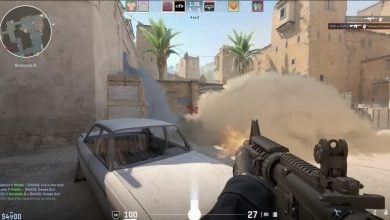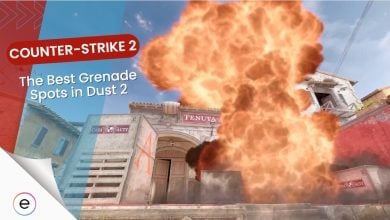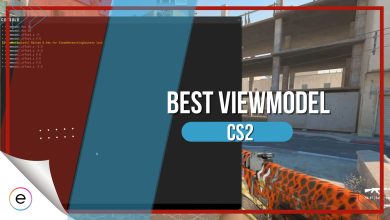Counter-Strike 2 Review
Overall
-
Story And Setting
-
Gameplay
-
Visuals And Performance
Verdict
Counter-Strike 2 steps boldly onto the competitive scene, but undercooked features and performance issues hold it back from true greatness.
Pros
- Traditional CS Experience
- Improved Graphics
- New Smoke Mechanics
- Better Weapon Designs
Cons
- Missing Maps
- Missing Modes
- Gameplay Stutters
- Buggy Animations
After years of rumors and speculation, Counter-Strike has finally entered a new era with the release of Counter-Strike 2 based on Source 2, the latest iteration of Valve’s engine.
- Developer: Valve
- Publisher: Valve
- Release Date: September 27, 2023
- Platforms: PC
- Game Length: N/A
- Time Played: 30 Hours
While the update introduced exciting new gameplay elements and polished graphics, it has also left many players bewildered and concerned about the disappearance of beloved features and unexpected changes. Let’s dive into the whirlwind of reactions and explore the impact of its launch with our Counter-Strike 2 Review.
Story And Setting
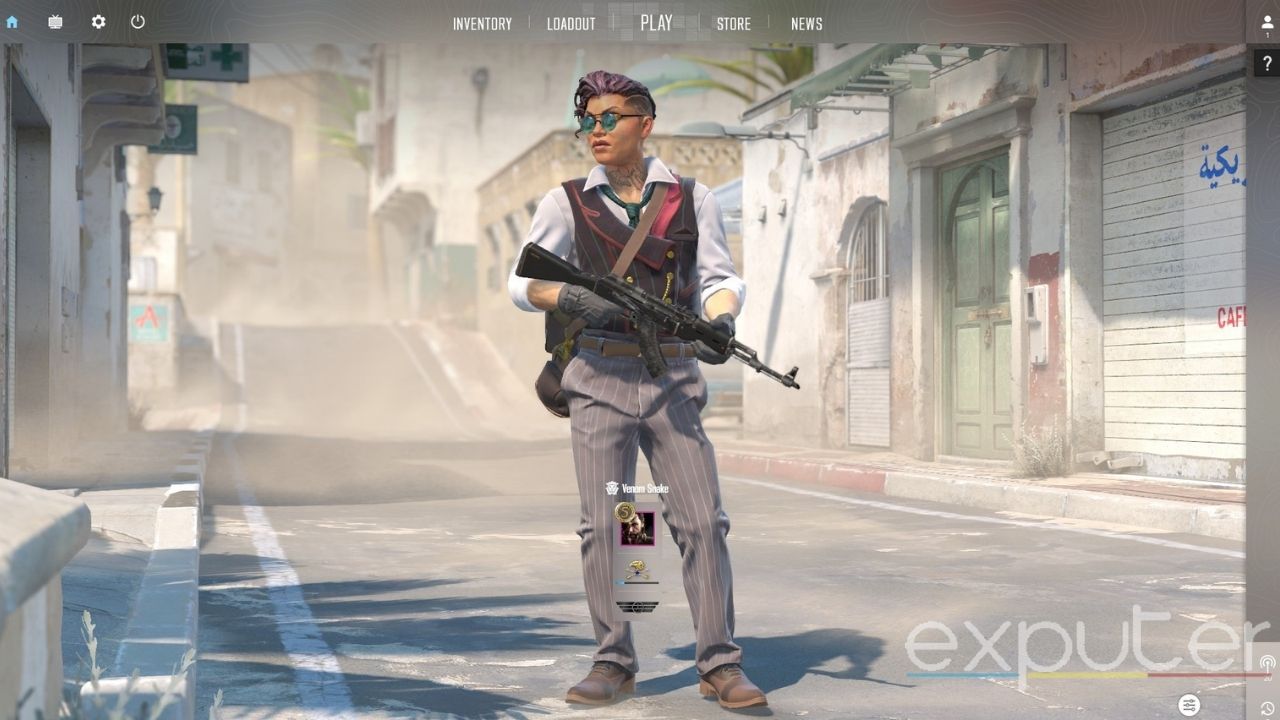
Counter-Strike 2 is, in essence, an enhanced version of Counter-Strike: Global Offensive ported to a brand-new game engine. Similar to its previous iterations, it thrives on the thrill of intense firefight scenarios. Players assume the roles of either counter-terrorists (often referred to as CTs) or terrorists.
The core focus of each match typically revolves around objectives such as defusing bombs, rescuing hostages, or eliminating the opposing team. Despite standing on the shoulders of the juggernaut that was CS: GO, the variety in game modes is pretty lacking.
Arms Race, Demolition, Flying Scotsman, Retakes, and Danger Zone, which were relatively less nerve-wracking competitively, have been entirely removed leaving a significant part of the community appalled.
The only modes available at launch are 5v5 Competitive, 20v20 Casual, and Deathmatch. Arms Race, Demolition, Flying Scotsman, Retakes, and Danger Zone, which were relatively less nerve-wracking competitively, have been entirely removed leaving a significant part of the community appalled.
There is also the Premier mode but that is essentially the 5v5 Competitive mode with a separate rating system and an added twist of selectively removing maps based on team vote until one remains.
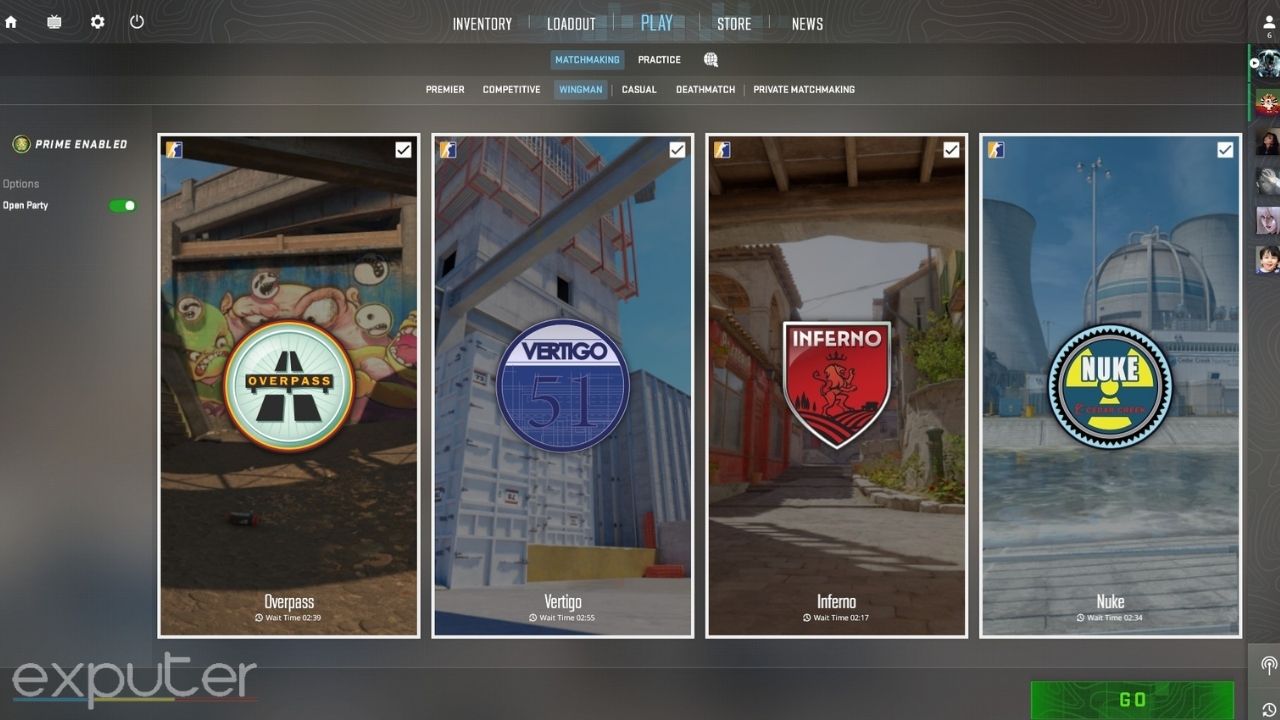
The competitive map pool is still stacked with iconic maps like Dust 2, Overpass, Vertigo, Ancient, Inferno, Nuke, Anubis, and Office. But, a lot of maps were removed from the Wingman mode, leaving it with only 4. To top it off, the game isn’t compatible with the old workshop maps, wiping away a large chunk of CS: GO’s history.
Although, as time goes on, new and improved workshop maps will be available and the official missing maps and modes will be added back, a full-fledged high-budget game has no excuse to be released at this state.
Gameplay
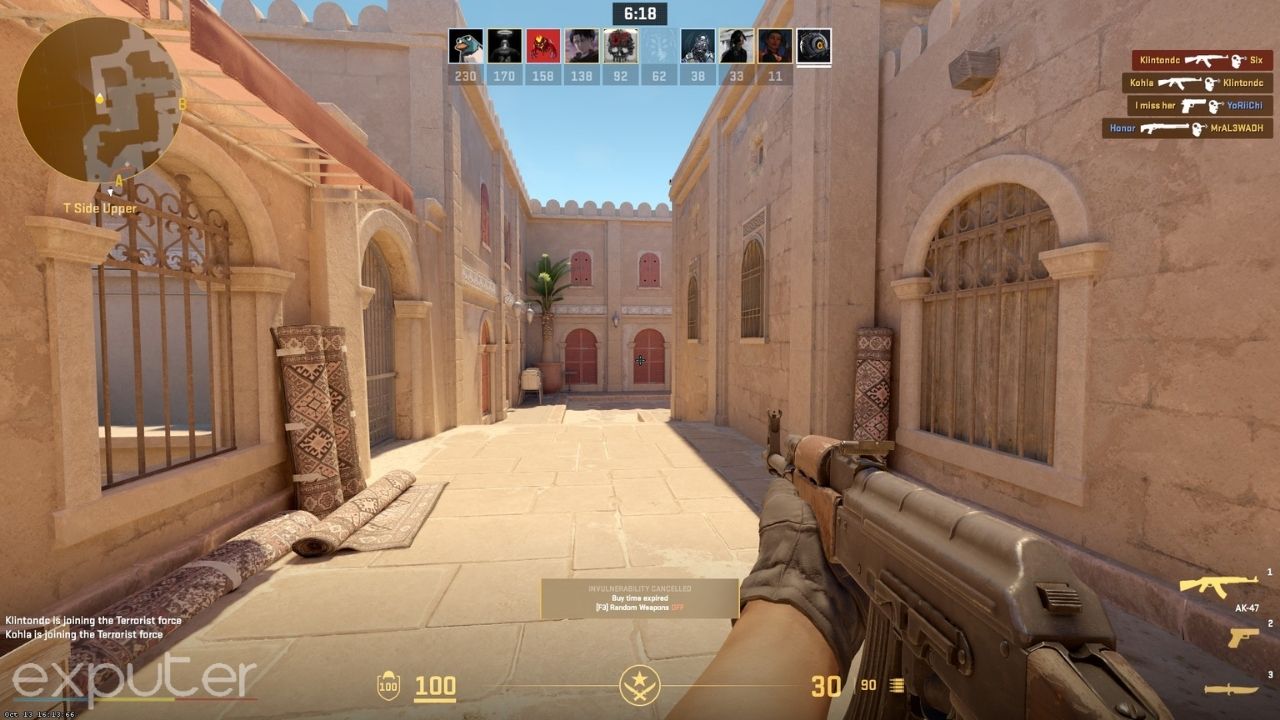
While CS 2 maintains the series’ core principles, it introduces several innovations and refinements that elevate the gameplay experience to new heights. It continues the unwavering commitment to the classic gameplay formula that fans have cherished for years.
Each round is a high-stakes battle, where a single mistake can mean the difference between victory and defeat.
The heart of this game lies in its gunplay, and it continues to shine as one of the finest examples of precise and skill-based shooting in the gaming world. Every weapon feels distinct, requiring players to master their recoil patterns and handling characteristics.
The sheer satisfaction of landing a headshot or controlling a spray pattern with finesse is a testament to Counter-Strike’s commitment to excellence.
The sheer satisfaction of landing a headshot or controlling a spray pattern with finesse is a testament to Counter-Strike’s commitment to excellence. To make it more accessible, Valve has added a toggleable Follow Recoil option, through which the cursor follows the recoil of a weapon, enabling a newbie to control it better.
The game introduces a new weapon-buying grid reminiscent of Valorant. While the number of weapons exceeds the available slots in the grid, players must carefully select their loadout in the revamped Loadout menu, considering their playstyle and objectives.
The grid system is considerably more efficient than its prior weapon select wheel. Oh, and now you can drop your utility like grenades, smokes, molotovs, and zeus for your teammates too.
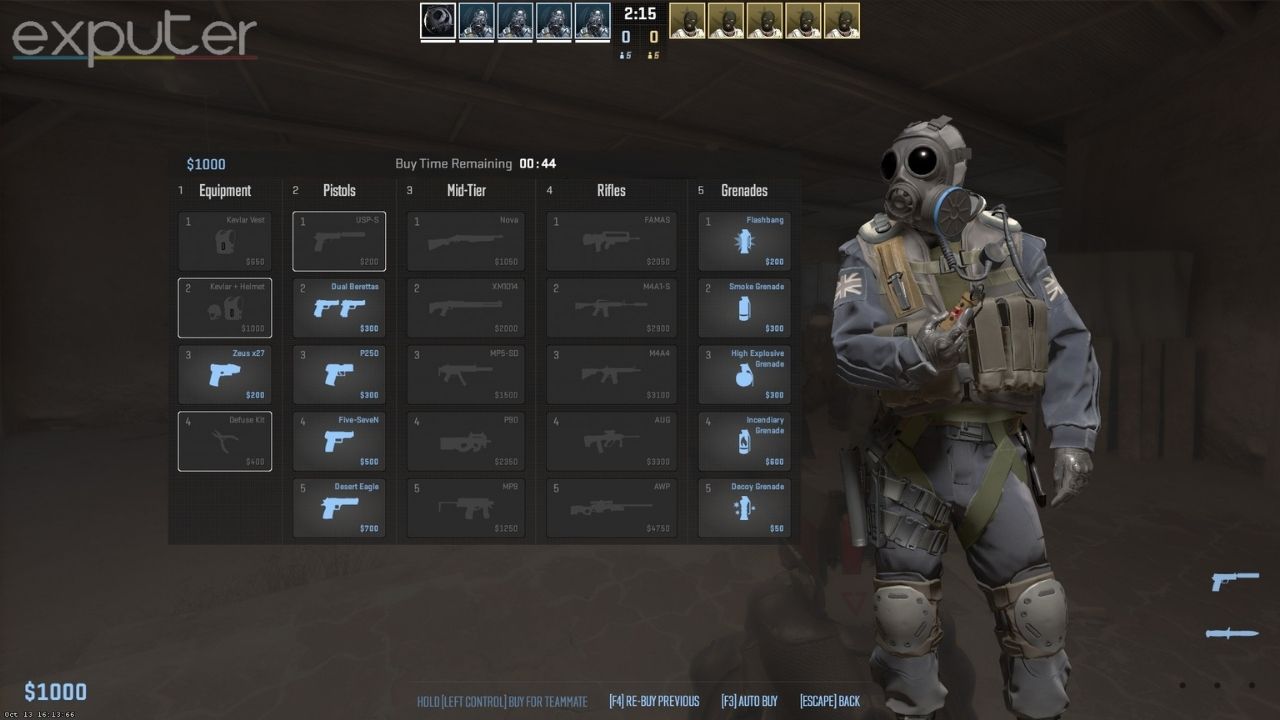
Speaking of utility, one notable addition is the reworked smoke mechanics. Smoke now wraps around the 3D environment, creating dynamic and tactical opportunities. Shooting through smoke temporarily opens a gap, allowing players to gain an advantage by catching opponents off guard.
Grenades can disperse the smoke, adding another layer of strategy. These changes not only make smoke grenades more versatile but also add depth to the gameplay.
The ranking system has also been completely redesigned for Competitive mode. Instead of one rank based on your overall performance, each map now calculates your rank taking into account your performance on said map, independent of other maps.
CS Ratings are dynamic and change after each match, eliminating the ambiguity of rank progression in the older ELO system.
For example, you can be Master Guardian 2 in Mirage but a hard-stuck Silver 2 in Anubis. I feel like this is a really good change as my performance was pretty inconsistent in CS: GO across different maps. I excelled at Dust 2, Mirage, and Inferno but got absolutely destroyed in Vertigo and Nuke, which hurt my overall rank.
Competitive mode is also the only place where players can queue as a party of four, as Valve has restricted four-player parties from entering Premier mode. Premier mode adds its own twist to the ranking system. Players earn a CS Rating after completing ten placement matches in said mode, replacing traditional ranks.
This rating reflects a player’s global position on leaderboards, showing where they stand among the world’s best players. Leaderboards include categories such as overall rating, number of wins, win rate, and position percentile, offering a clearer representation of a player’s skill level.
CS Ratings are dynamic and change after each match, eliminating the ambiguity of rank progression in the older ELO system.
Visuals and Performance
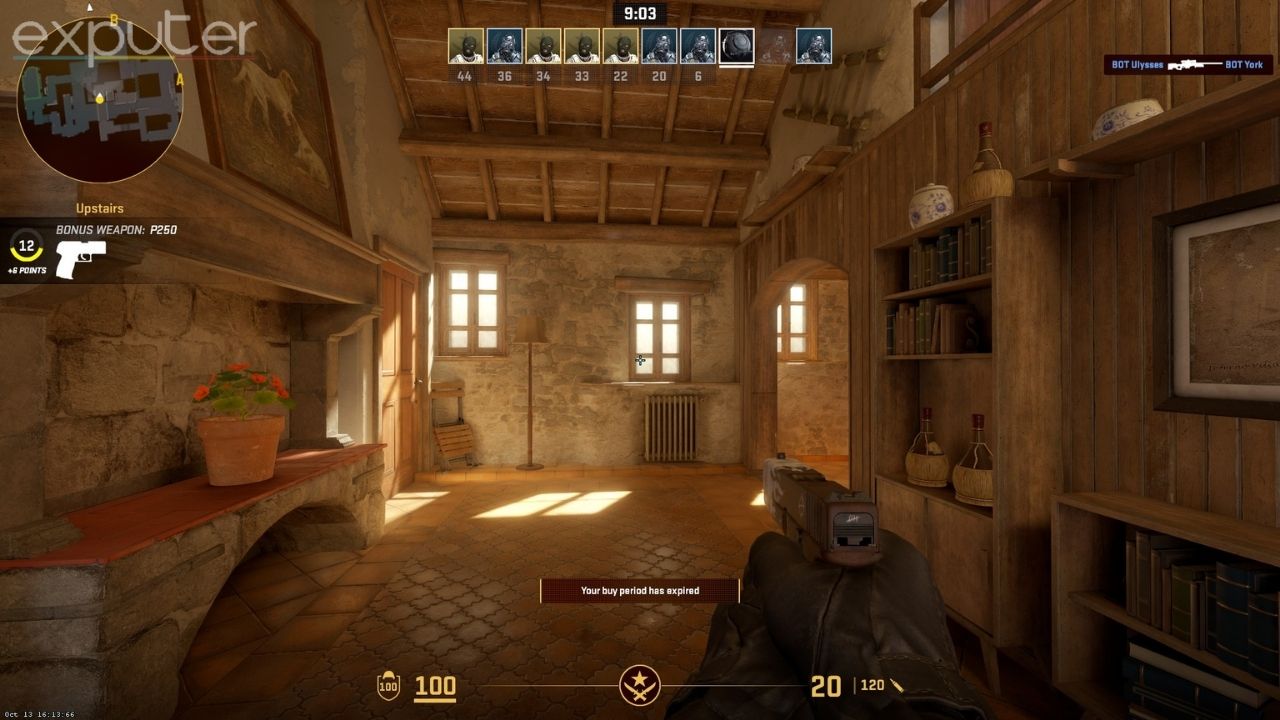
Valve’s decision to rebuild the game from the ground up using the Source 2 engine has resulted in a visual masterpiece that enhances the overall experience. One of the most striking aspects is the franchise’s aesthetic revival. The game boasts significant visual upgrades that breathe new life into the classic maps and environments.
Lighting, textures, and smoke effects have all received a remarkable facelift, giving the game a modern and polished look while retaining the essence of the original. This is most apparent in Inferno which has been visually overhauled from the ground up and feels like a completely different map.
The colors are more vibrant, and the lighting effects are nothing short of breathtaking. With improved visibility and aesthetics, players are less inclined to camp in low-visibility hiding spots, leading to more intense and engaging firefights.
The weapon textures have also been overhauled allowing them to look crispier than ever. I actually prefer the Vanilla AK-47 over my Frontside Misty AK-47 skin now, which has been with me through thick and thin.
Players can even witness the alcohol inside Molotov bottles shifting and adjusting based on how they’re holding them. These visual details may not directly impact gameplay, but they contribute to the overall immersion and visual richness of the game.
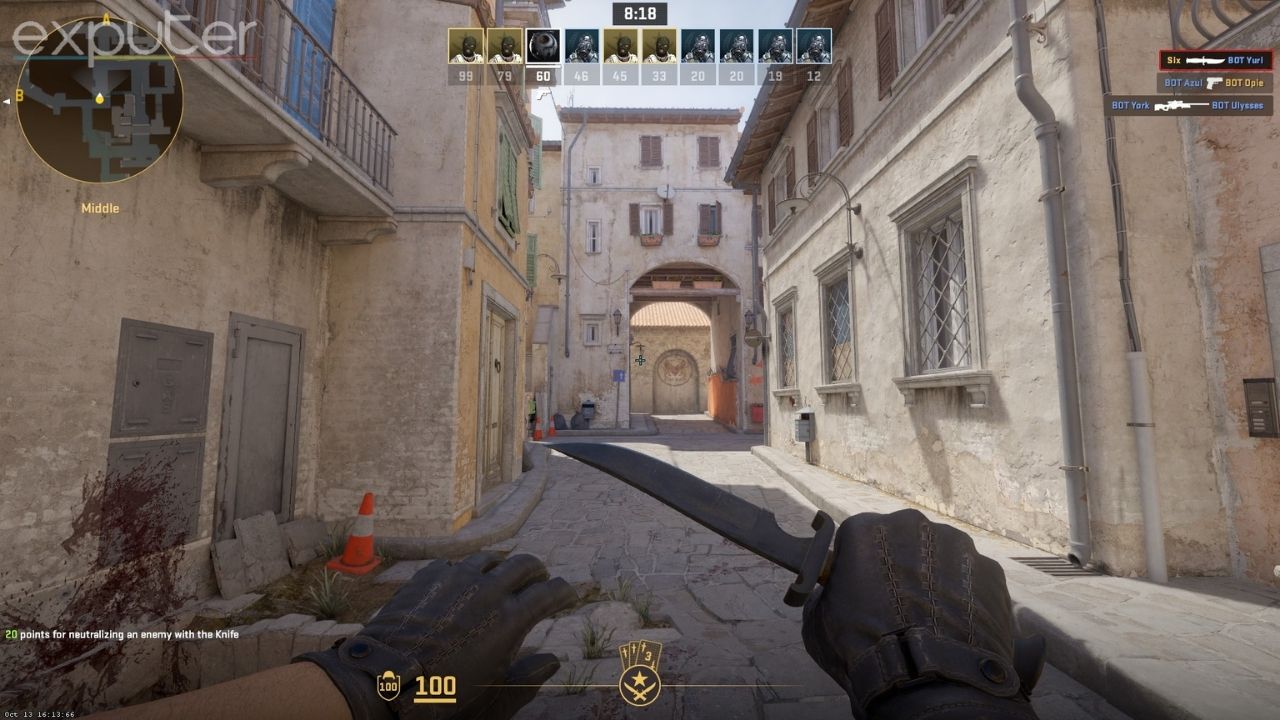
But, all is not perfect in the performance department. CS: GO has been known for its fluid gameplay allowing for a satisfying competitive experience. CS 2 is envisioned as an enhanced iteration of the game, but it is grappling with a disconcerting perception of subpar performance.
Instead of a seamless, rapid, and crisp response, the gameplay experience feels notably delayed, lacking the fluidity and responsiveness one anticipates.
Movement in CS 2 hasn’t yet attained the refinement characteristic of Counter-Strike, and the input lag imparts a sense of delay in aiming and movement
When transitioning between both games, the contrast is evident. Movement in CS 2 hasn’t yet attained the refinement characteristic of Counter-Strike, and the input lag imparts a sense of delay in aiming and movement.
Comparatively, it appears that the 128-tick system feels far more responsive and polished than the current sub-tick system in CS 2. The latter comes across as an inferior substitute for the former. The netcode is a considerable improvement over the original, but it still has a long way to go.
Additionally, player animations appear unnatural when enemies perform wide swings or peek. It’s evident that players who initiate the peek have a considerable advantage over their counterparts in CS 2. This discrepancy may be attributed to factors like buggy character animations, lag compensation, or server-side issues.
Verdict

Counter-Strike 2 steps boldly into the competitive scene with an all-new coat of paint and some fresh new ideas. However, the performance issues, including laggy animations and fluidity concerns, impact the overall experience and hold it from achieving true greatness.
It will surely become the game it envisions to be: the new standard for competitive play, but as of now, it is undercooked and still needs more time in the oven.
This has been our Counter-Strike 2 Review. While you’re here, consider checking out some of our other articles.
- Spider-Man 2 Review
- Lords of the Fallen Review
- Final Fantasy XIV Review
- GTA V Review
- Mineko’s Night Market Review
- Assassins Creed Mirage Review
- Valorant
- Rainbow Six Siege
- Call of Duty: Warzone
- Overwatch 2
- Apex Legends
Thanks! Do share your feedback with us. ⚡
How can we make this post better? Your help would be appreciated. ✍
